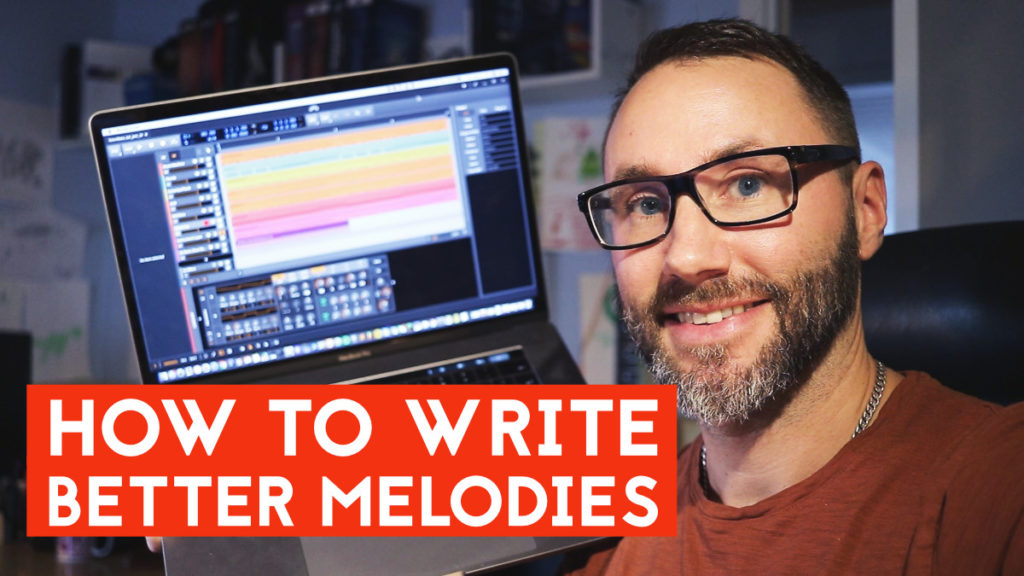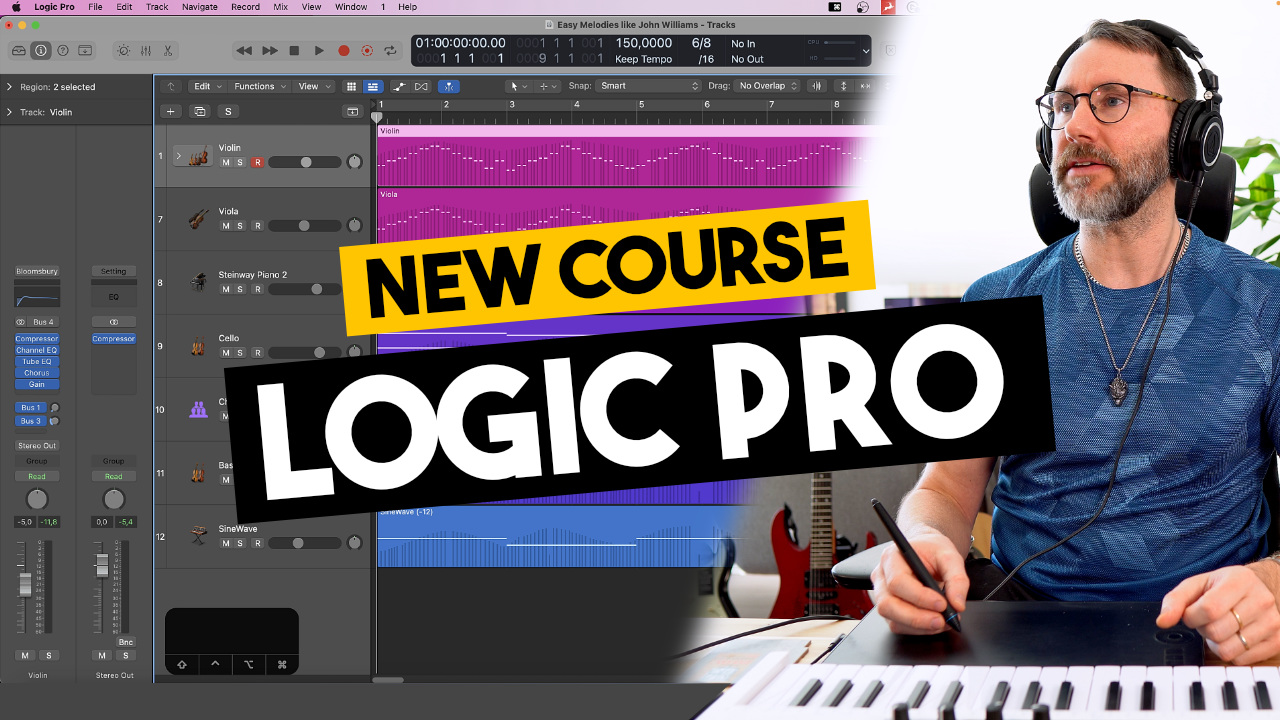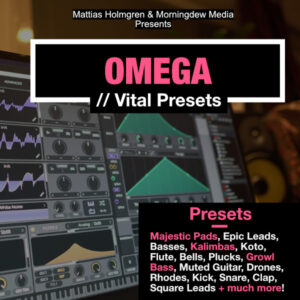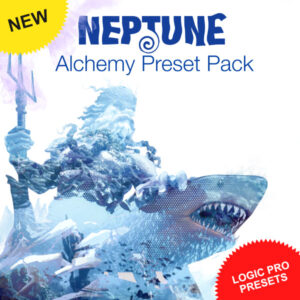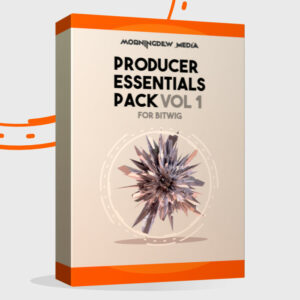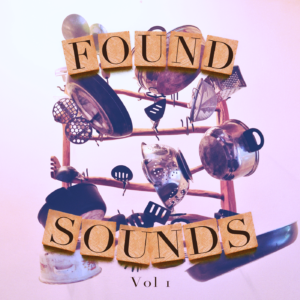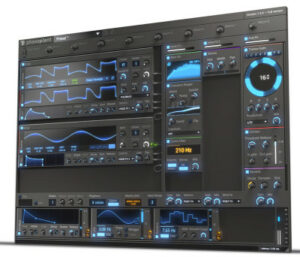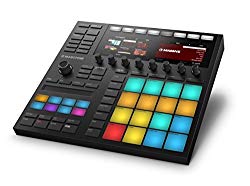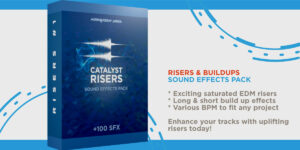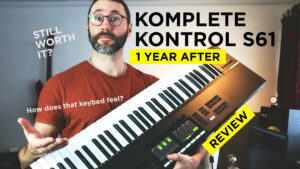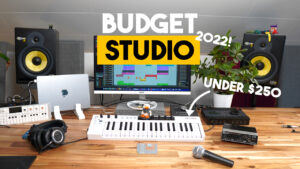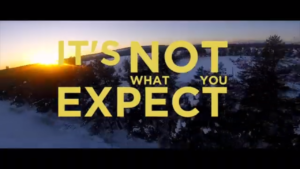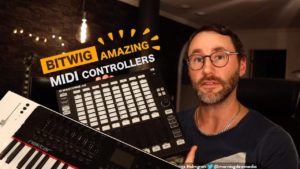How to write better melodies when we are driven by muscle memory to play things we already know?
Muscle memory can be a gift and a curse. If you repeat a physical task your muscle nerves will react and increase in response time. It is the nature of motor learning and makes us perform tasks without conscious effort.
This article is really about balance.
A balance between, using muscle memory, and using alternative ways to bring forth new music. We will start a bit on the philosophical side and then we will dig in to some helpful tips and tricks on how to create better melodies.
Break the “listen, learn and repeat”-cycle and write better melodies.
Just like running or walking, the physical movements become programmed and you no longer think, you just do! Therefore, muscle memory will also “help” you into playing the same chords and melodies over and over.
Practise makes perfect, and so you remember all the parts of that new hit song you are learning. This is great when you want to learn new things in life!
Muscle memory is the “beauty and the beast” of practise.

Artwork by Mattias Holmgren.
I was enlightened in how the muscle nerves effect the playing technique when I was studying piano in the teens. Time had come to present last weeks homework, playing back some classical piano piece. My teacher made me aware that my playing was heavily by muscle memory, and not by reading the actual notes.
Looking hard at the note sheet but playing it slightly different, repeatedly.
Thus I was repeating my own musical interpretation (read “mistakes”) of how the piece should be played. It’s just natural, nothing wrong with that.
This can be good to some extent. Importantly, if you want to learn new music scores and improve your playing skill on an instrument, muscle memory is very helpful.
Furthermore, when you are composing new songs, muscle memory can be a barrier for you to grow and explore new phrasings. When practising how to write better melodies you really need to be aware on these things that effect your musical outcome.
Writing good melodies is about listening to the inner mind and heart.
To create a new melody I listen to what comes up in my mind. Then I try to transcribe what I hear down to my fingers, or program into the piano roll if I’m in edit mode. As soon as I perform with my body I know that muscle memory will have it’s effect on how I write and phrase the melody.
Muscle memory is inevitable when writing melodies.
Importantly, it’s something to have in mind when you start to wonder why it’s hard to come up with new exciting rhythms and melodies from time to time.
Of course, everyone is different, and that is good. Uniqueness is what makes YOU different than anyone else.
If we are aware of the fact that we repeat the things we learned by heart (read muscle memory), it’s easier to step outside that box and do things slightly different to come up with totally new ideas.
I did a recent article about my best melody writing tip here where you can get some inspiration during a writer’s block.
We like to repeat, it’s how we are wired.
The process worked in the past, so why change?
We humans are lazy by nature, or our brains are lazy by nature. As “habit people” we stick to routines and things we have grown used to. If we struggle and learn a new fingering on the guitar it’s added to our memory database. After hours of practise it will be close in reach whenever we need that fingering in our playing.
How can we break the habit of playing the same melodies and phrases?
Is there any way we can break the habits of crafting similar products every time we create something new. May it be music, art or some other form of design.
I have found some tricks to jump over the habit-barrier and create more unique designs and that is to shift the way that I produce. To change the process of how I create.
Change the process, change the outcome.
– Mick Gordon (DOOM composer)
Change the process, change the outcome.
In a composition session this can be shifting into note programming / editing in the piano roll rather than actual playing the new melodies. Find out that you really can expand your melodic and rhythmic ideas this way. It can be an eye opener if you are used to write all your melodies by playing on a piano (or any other instrument).
…Yeah, I know most bedroom producers of today doesn’t even play on a keyboard, guitar or an instrument… That removes some of the muscle nerve memory issues from the equation.
When you add notes in the piano roll (with a mouse or touchpad) you are disconnected from the muscle memory that is reaching for certain keys, phrases and chords. You brain will probably guide you to certain reference notes, but it will not be as obvious as when performing on an instrument.
How to write better melodies? It’s about shifting your environment.
Shift writing styles and write instantly better melodies.
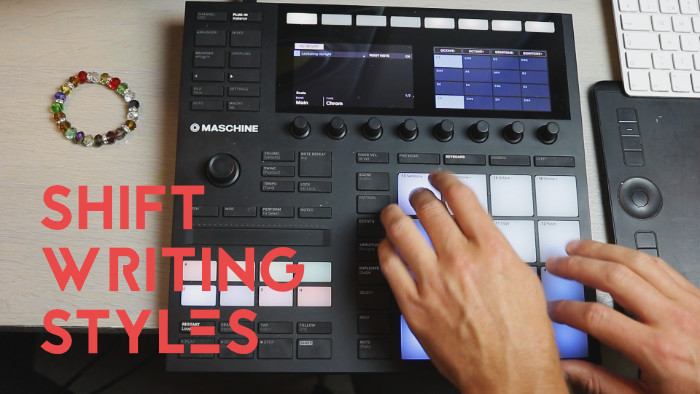
Try to shift in the middle of a writing session. Jump between performing and note programming / editing. Or if you are old school, take out that pen and paper (note sheet) and write out your song…
Or why not jam the song out on a Maschine, or other sampler? Come on, loosen up!
Your melodic foundation will come alive.
I think that it’s good practise to use both methods; performing, and note editing. Then, when your melodies are defined it’s time for a musician to perform the melody.
Instruments recorded by performing musicians will always have more interesting and unique organic feel to it compared to a programmed part. There are so many subtleties that a musician can breathe into a melody.
Some melodies and arpeggios, like über tight EDM notes are of course totally OK to program.
Learn how to create better melodies!
Start with a rhythm
Clap a compelling rhythm on your knees or chest to get a feel and foundation for your melody. Don’t think about actual notes at this stage. Keep it rather simple.
When you have a beat going, start using your voice to hum or sing a melody on top of the rhythmic idea.
Use your voice
How can we write a memorable melody? What defines a memorable melody? If you can sing it, you can probably remember it too.
With that in mind, start your melodies by humming or singing it out loud. This way you also make sure that the melody is singable and not too much far away and large jumps between notes.
Keep it simple
Write a simple motif which consists of a few basic notes. When you are happy with rhythm and notes. Expand the idea into a more full blown theme.
Expanding
Expand the basic motif melody into the full melody. There are multiple ways to expand an idea; inversion, repetition, space, reverse, retrograde, repeat melody on another chord tone etc.
From here you can go anywhere!
How to write better melodies – Conclusion
When memory of certain phrases and rhythms generate hits!
How come Avicii and Alan Walker melodies are so memorable and loved? They use quite a simple formula for their melodic themes and you can also hear them repeat these formulas between songs.
It’s great to find YOUR OWN melodic formula, may it be rhythmic or by melody. But also keep in mind to give yourself room for expansion or you might end up in a loop. Writing the same song over and over.
To really grow your musical vocabulary it’s great to break away from the habit of playing the same rhythm, melody and chords.
I hope this article will help you get comfortable writing new rhythms and melodies and aware of how to shift your process to generate new ideas.
You can read more about breaking out of the loop and gain momentum as a songwriter in my previous article: Stuck in the 8-Bar Loop – How to finish songs faster.
What gear I use in the studio? Check out the Resources Page.
Join my exclusive community: https://www.patreon.com/gelhein
Be sure to sign up to our newsletter for new exciting articles in design, music production and sound design.

About this post
I use affiliate links on my website, but my opinion isn’t for sale. Therefore, I only recommend what I use, have used or vetted in the best interest of my readers. While I may earn a commission if you click on an affiliate link, it won’t cost you extra. Finally, I hope you like my recommendations. Feel free to contact me if you have questions regarding some of the gear I use!
